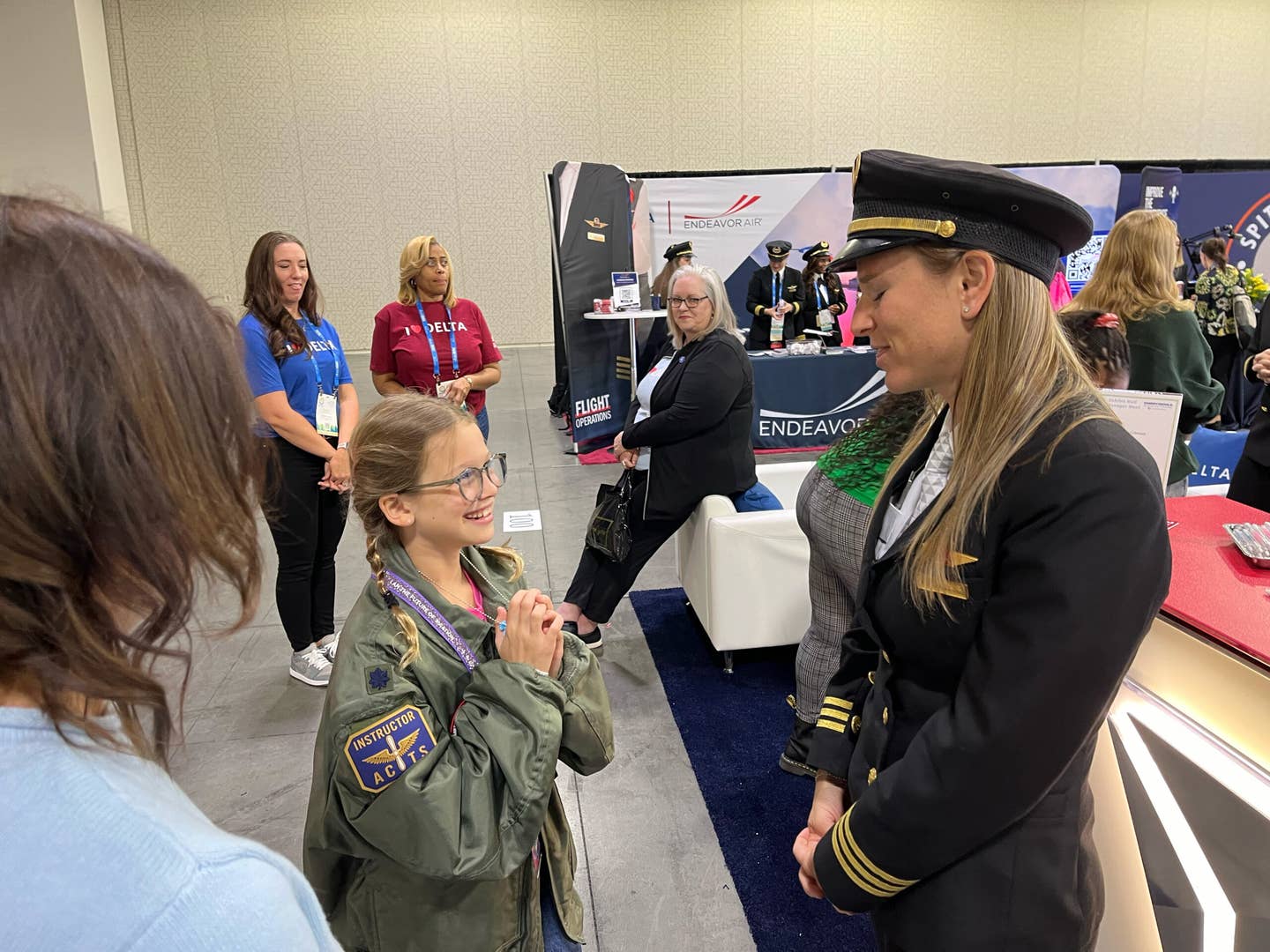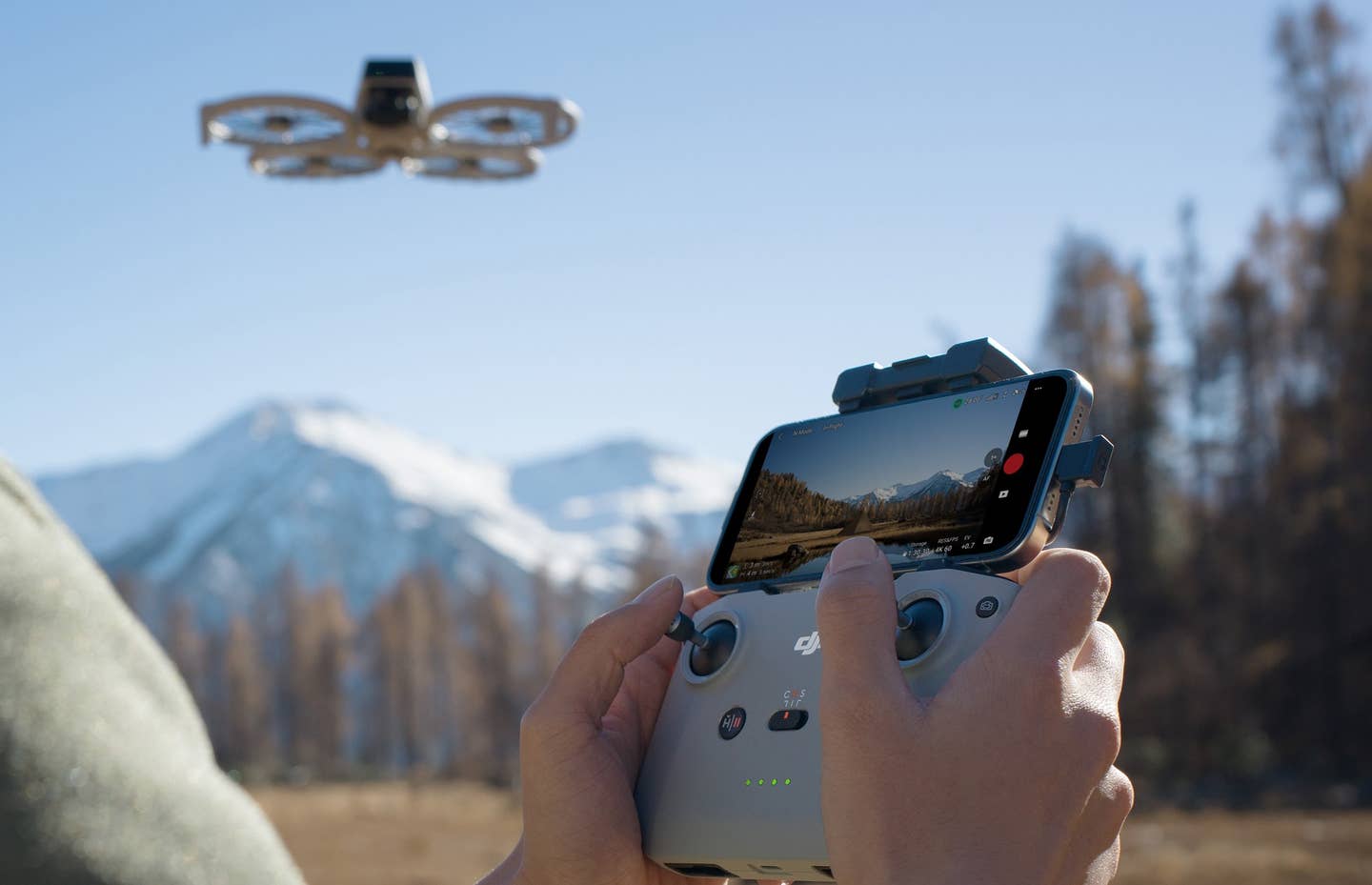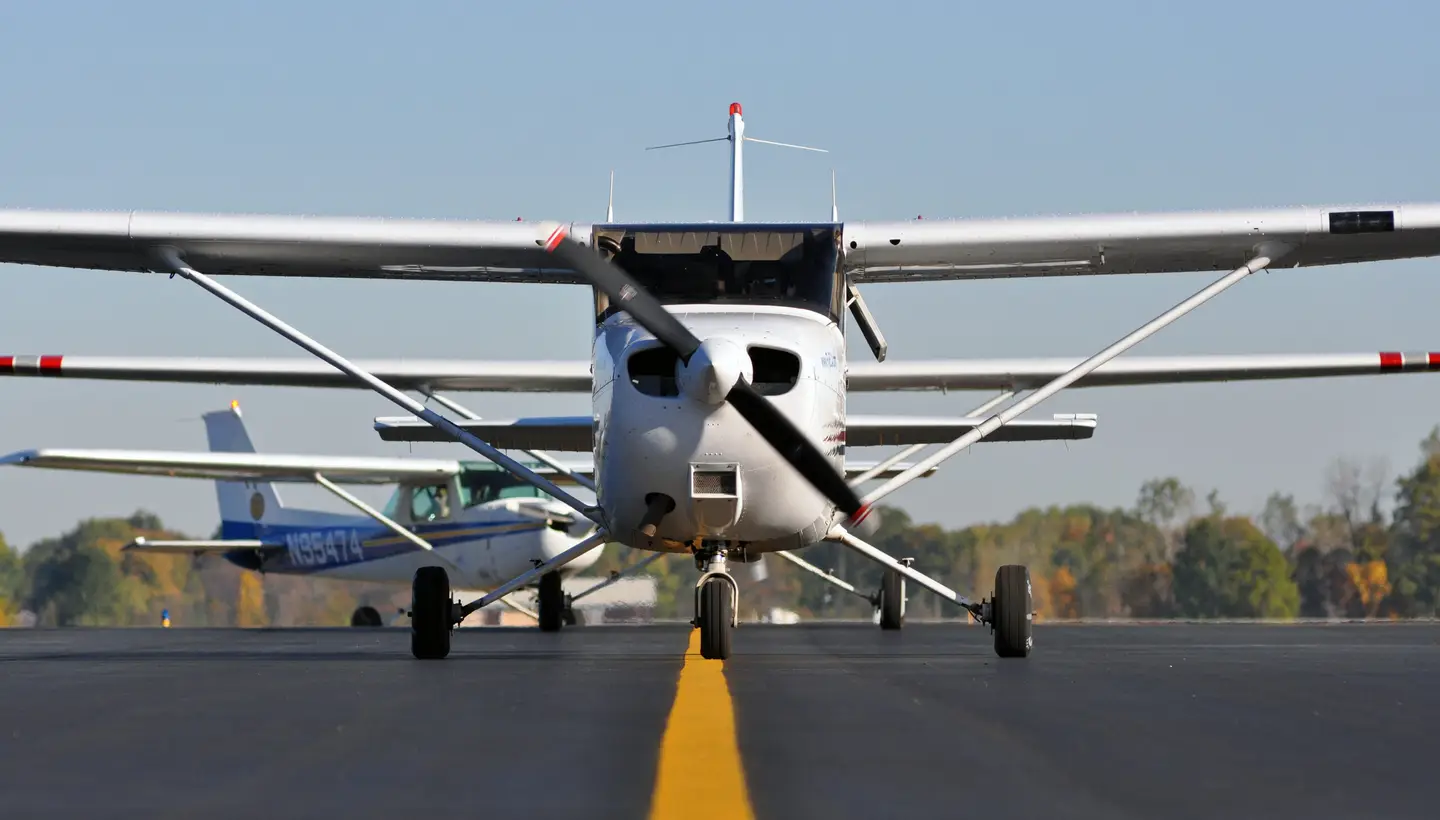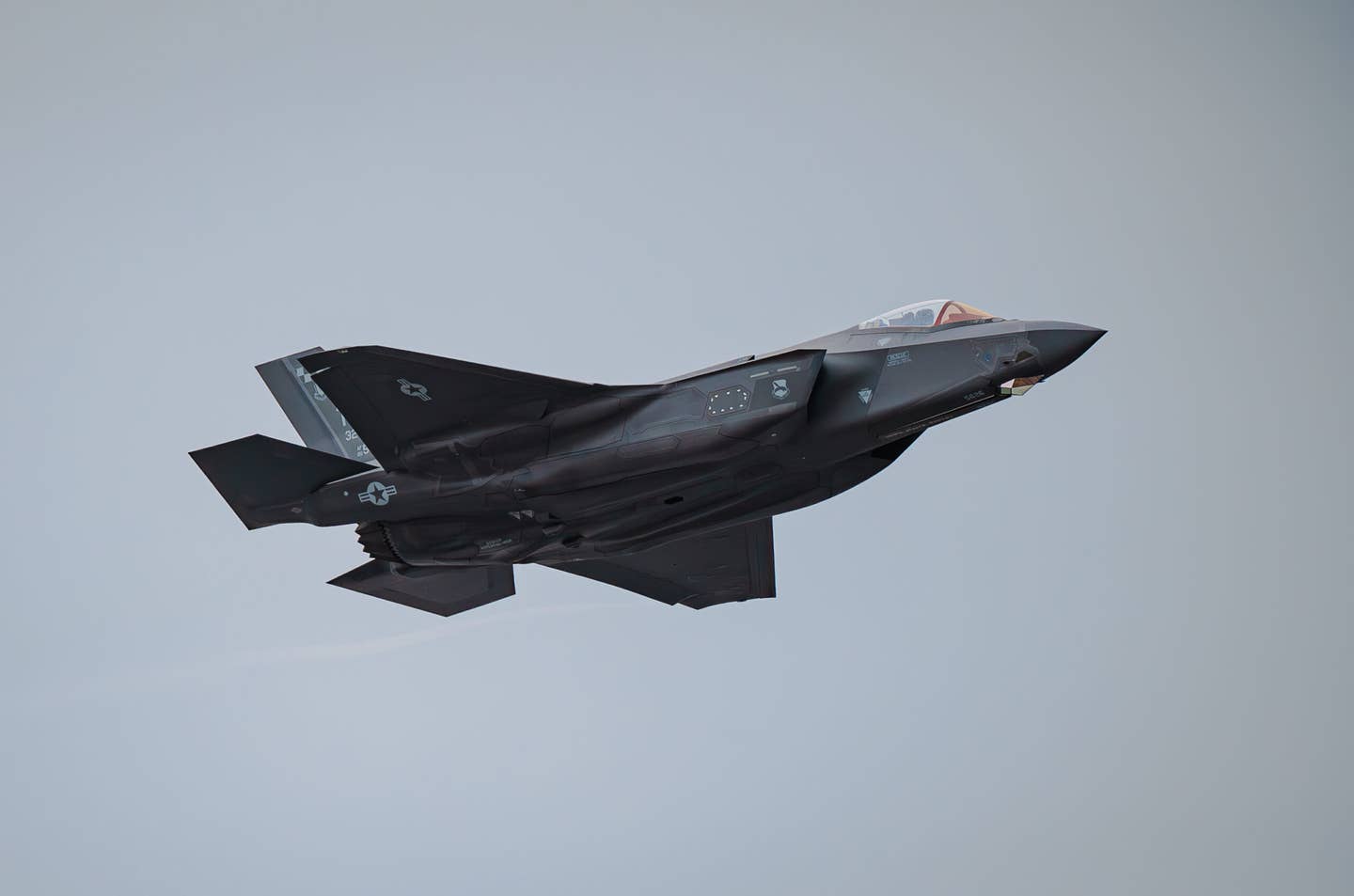Volocopter Enters the U.S. eVTOL Fray
News from Volocopter, NASA, the FAA and more highlight this week’s Future of FLYING newsletter.
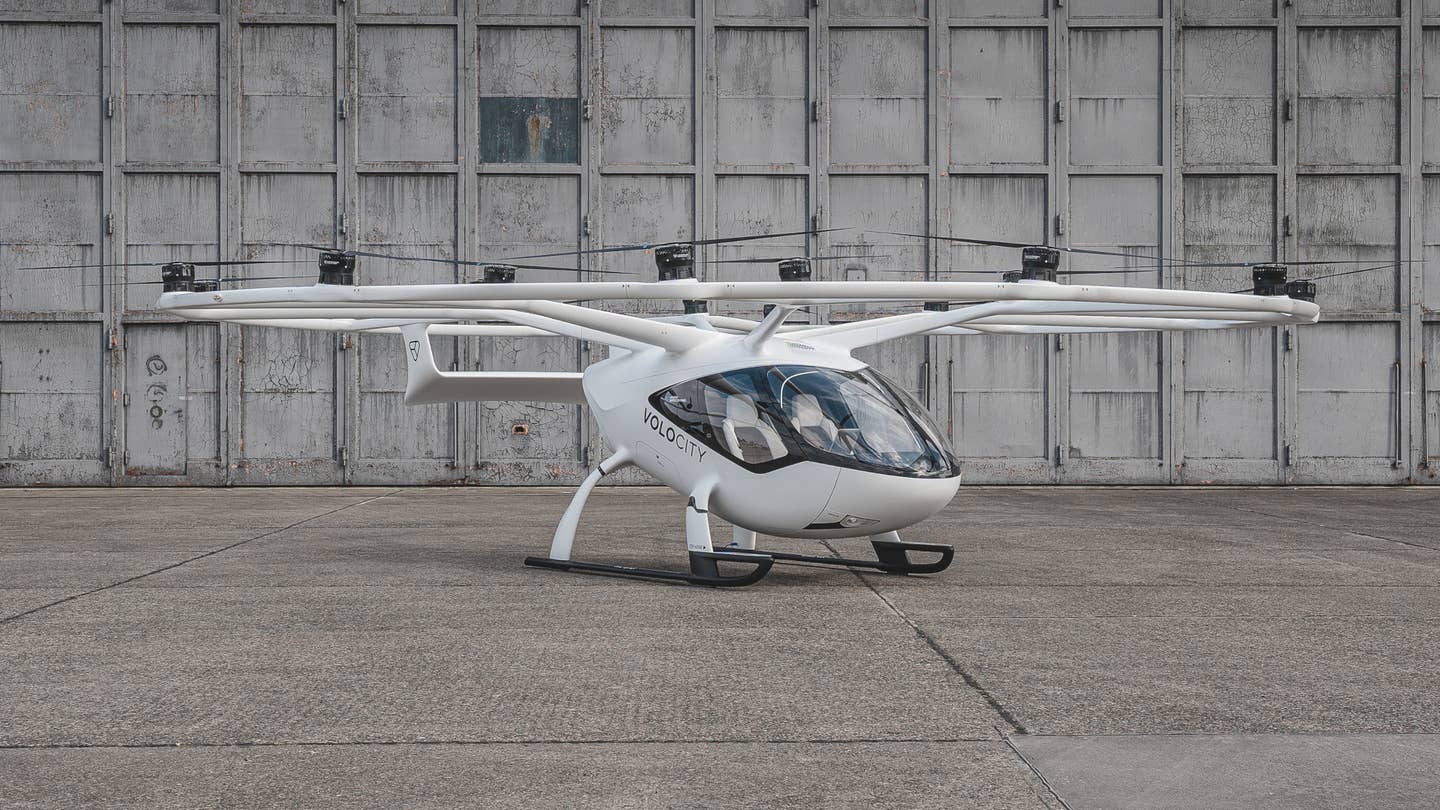
Volocopter’s VoloCity eVTOL air taxi is coming to America through a partnership with helicopter operator Bristow Group. [Courtesy: Volocopter]
Hello, and welcome to the Future of FLYING newsletter, our weekly look at the biggest stories in emerging aviation technology. From low-altitude drones to high-flying rockets at the edge of the atmosphere, we’ll take you on a tour of the modern flying world to help you make sense of it all.
Now for this week’s top story:
Volocopter Enters the U.S. eVTOL Fray
What happened? U.S. manufacturers of electric vertical takeoff and landing (eVTOL) aircraft, beware. Germany’s Volocopter, the highest-ranking non-U.S. company on SMG Consulting’s Advanced Air Mobility (AAM) Reality Index (a nifty tool I use often to evaluate eVTOL firms), will take off and land in America with Houston-based Bristow Group in the coming years.
Coming to America: Bristow and Volocopter agreed to a deal that will see the former buy two VoloCity eVTOLs with the potential to acquire another 78, for a total of 80. The agreement also calls for the two to explore commercial, operational, and eVTOL maintenance services for the U.S. market.
When it arrives, the German company will compete mainly with Joby Aviation and Archer Aviation, considered the two titans of the yet-to-be-formed U.S. eVTOL air taxi industry. It’ll also need to worry about Boeing’s Wisk Aero, which is expected to launch a bit further out. But perhaps the reality is that those companies should be worried about Volocopter.
The velocity of VoloCity: As things stand, Volocopter is a very real threat to steal market share from Joby, Archer, Wisk, and others. The firm expects VoloCity to receive European Union Aviation Safety Agency (EASA) certification in 2024, with FAA approval following soon after. The goal is to fly it over Paris for the 2024 Olympic Games before launching it commercially—a year before the U.S. anticipates starting its first eVTOL air taxi services.
The German company also finished work on its main production facility in Bruchsal, earning EASA approval to build up to 50 VoloCity aircraft there every year. In addition to Paris, it’s looking to fly in Rome and Singapore in 2024.
Quick quote: “With this collaboration, Volocopter surpassed 500 pre-orders accumulated, including nearly 30 firm orders from reputational partners. I am filled with excitement toward the vast potential of the U.S. and U.K. markets and looking forward to working with Bristow’s experienced team as we prepare for operations,”said Christian Bauer, chief financial officer and chief commercial officer of Volocopter.
My take: Bristow and Volocopter’s partnership was picked up heavily by aviation media, and rightfully so. While nothing is final, Volocopter’s hypothetical U.S. entry would make waves.
In an industry that’s entirely up for grabs, the early entrants will have a major advantage in gobbling up market share and securing the funding they’ll need to scale up in the future—and perhaps no company is better positioned to fly now than Volocopter. VoloCity is one of the most well tested eVTOL designs out there. And while Joby, Lilium, and others have pushed back their certification targets, Volocopter has stayed right on schedule, delivering promising update after promising update.
The company may just have an excellent PR team. But keep an eye on Volocopter’s certification process and the status of its Paris Olympic Games demonstrations. If all goes according to plan, the company has the potential to beat out Joby, Archer, and other U.S. manufacturers.
In Other News…
NASA Astronaut Rubio Sets U.S. Spaceflight Record
What happened? On Monday, NASA astronaut Frank Rubio set the U.S. record for most consecutive days spent in space, having orbited on the International Space Station for 355 days. By the time his mission ends later this month, Rubio will become the first American—and just the seventh human—to spend a year straight in space.
An unexpected record: When Rubio departed for the space station last September, he only planned on staying for six months. However, when a meteorite poked a hole in the Russian Soyuz capsule that carried he and two Roscosmos cosmonauts to the orbital lab, stranding them, their mission was extended to a full 365 days and change.
Rubio’s journey to the space station is his first trip to space. But the first-time astronaut has handled the situation like a pro, helping NASA conduct zero-gravity experiments for three separate research efforts. Rubio is also the first person of Salvadoran descent to reach space.
FAA Extends Remote ID Compliance Deadline
What happened? Well, something was supposed to happen Saturday. But the FAA’s enforcement of its Remote ID rule for drone operators was pushed back to March 2024, giving them another six months to get their drones in order. Remote ID technology acts as a “digital license plate in the sky,” allowing the FAA and other regulators to keep an eye on them.
What’s the holdup? It appears the FAA is accounting for some unanticipated difficulties operators are facing, potentially due to its own actions. The agency did not release a means of compliance for its Remote ID rule in the Federal Register until August 2022, giving manufacturers just one month to adhere to new requirements for producing drones and remote ID broadcast modules. That’s now trickling down to operators, who have had trouble acquiring the right tech.
The FAA hinted at last week’s Commercial UAV Expo in Las Vegas that a change would be coming to Remote ID. However, it’s safe to say this was somewhat unexpected. The good news is that drone operators now have more time to comply: check out FLYING’s handy guide on what you’ll need to do.
And a Few More Headlines:
- Electric aircraft manufacturer Heart Aerospace tapped Honeywell to install the flight control system for its ES-30.
- Joby-backed startup H2Fly completed piloted flights of its HY4 demonstrator running on liquid hydrogen.
- The Association for Unmanned Vehicle Systems International (AUVSI) assembled an Avengers-like team of industry stakeholders.
- Drone delivery firm Flytrex said it will deploy technology to cut delivery times in half with Papa Johns, Little Caesars, and more.
- Virgin Galactic completed its third commercial space tourism flight and scheduled a fourth for next month.
Spotlight on…
Jump Aero
I like to think I’ve got my finger on the pulse of the AAM industry—this week it’s the JA1 Pulse first responder eVTOL from Jump Aero.
Most eVTOL makers are focused on passenger air taxi services. But Jump thinks the design is better suited to emergency response scenarios, even claiming its aircraft could beat an ambulance to the scene. The vision is to fly emergency personnel and equipment anywhere within a 31-mile radius in less than eight minutes.
Pulse’s development is backed by an Air Force AFWERX contract. That’s helped Jump test some of the aircraft’s more novel features, such as the pilot’s prone orientation (à la Superman) when in forward flight. The design could one day allow pilots to land on 10-degree slopes or in previously inaccessible locations, such as on a two-way residential street in front of a home.
On the Horizon…
Let’s dig into Remote ID a little more. Prior to the FAA’s update, drone operators had just a few days to get their equipment in order. Now they have six more months—but is that good for the industry?
Manufacturers and operators will obviously say yes. For those still installing Remote ID technology in their aircraft or equipping them with beacons, they would have faced fines for flying off the radar. But some stakeholders, such as AUVSI, urged operators to comply with the requirements as soon as possible to avoid potential safety concerns.
Separately, AUVSI has apparently been busy assembling an Avengers-like consortium of industry stakeholders to advance new drone-related policies. It includes some major players such as Draganfly, DroneUp, Skydio, and Workhorse Aero.
Among the group’s stated goals are to push for policies that prop up the U.S. drone industry while eating into China’s outsized market share. It will support legislation that includes the establishment of manufacturing tax credits, supporting access to critical minerals, and providing funding to agencies transitioning away from foreign-made fleets.
The consortium is still in its infancy. But with a roster of high-profile industry catalysts on board, the group could one day become a powerhouse on Capitol Hill.
Mark Your Calendars
Each week, I’ll be running through a list of upcoming industry events. The U.S. Chamber of Commerce Global Aerospace Summit wrapped up Wednesday in Washington, D.C., but here are a few conferences to keep an eye on:
- Defense and Security Equipment International 2023—September 12-15 in London
- DroneX 2023—September 26-27 in London
- World Aviation Festival—September 26-28 in Lisbon, Portugal
- Airtaxi World Congress—October 2-5 in San Francisco
- FAI World Drone Racing Championship—October 6-9 near Seoul, South Korea
- Intergeo 2023—October 10-12 in Berlin
- Dronitaly—October 11-13 in Bologna, Italy
- World's Unmanned Aerial Vehicle Conference—November 12-14 in Jerusalem
Tweet of the Week
Want to see your tweet here next week? Have comments or feedback? Share your thoughts on Twitter and tag me (@jack_daleo)! Or check out FLYING’s media accounts:
Facebook: FLYING Magazine - Home (facebook.com)
I want to hear your questions, comments, concerns, and criticisms about everything in the modern flying space, whether they’re about a new drone you just bought or the future of space exploration. Reach out to jack@flying.media or tweet me @jack_daleo with your thoughts.

Sign-up for newsletters & special offers!
Get the latest FLYING stories & special offers delivered directly to your inbox


